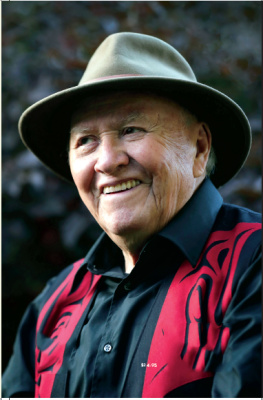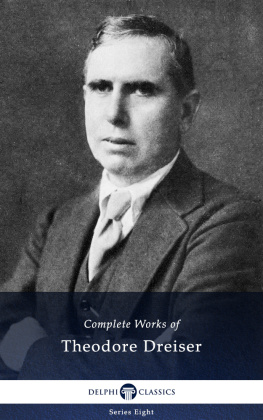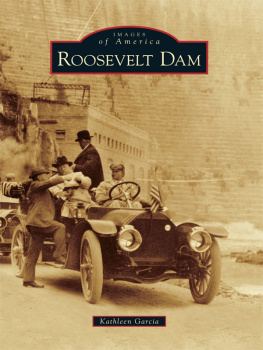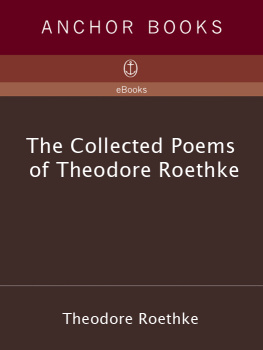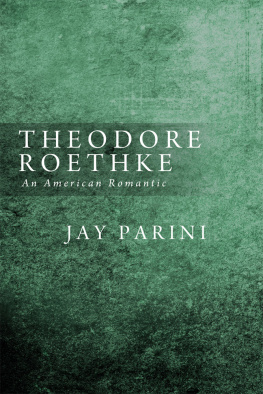THE BUREAU OF INDIAN AFFAIRS
Westview Library of Federal Departments, Agencies, and Systems
Ernest S. Griffith and Hugh L. Elsbree, General Editors
The Library of Congress, Second Edition, Charles A. Goodrum and Helen W. Dalrymple
The National Park Service, Second Edition, William C. Everhart, with a Foreword by Russell E. Dickenson
The Forest Service, Second Edition, Michael Frome, with a Foreword by Carl Reidel and an Afterword by R. Max Peterson
The Smithsonian Institution, Second Edition, Paul H. Oehser; Louise Heskett, Research Associate; Foreword by S. Dillon Ripley
The Bureau of Indian Affairs, Theodore W. Taylor, with a Foreword by Phillip Martin
Available in hardcover and paperback.
The Bureau of Indian Affairs
Theodore W. Taylor
Foreword by Phillip Martin
The photographs, unless otherwise attributed, were courteously provided by the Bureau of Indian Affairs.
First published 1984 by Westview Press
Published 2019 by Routledge
52 Vanderbilt Avenue, New York, NY 10017
2 Park Square, Milton Park, Abingdon, Oxon OX14 4RN
Routledge is an imprint of the Taylor & Francis Group, an informa business
Copyright 1984 by Taylor & Francis
All rights reserved. No part of this book may be reprinted or reproduced or utilised in any form or by any electronic, mechanical, or other means, now known or hereafter invented, including photocopying and recording, or in any information storage or retrieval system, without permission in writing from the publishers.
Notice:
Product or corporate names may be trademarks or registered trademarks, and are used only for identification and explanation without intent to infringe.
Library of Congress Cataloging in Publication Data
Taylor, Theodore W.
The Bureau of Indian Affairs.
(Westview library of federal departments, agencies, and systems)
Bibliography: p.
Includes index.
1. United States. Bureau of Indian Affairs.
2. Indians of North AmericaGovernment relations.
3. Indians of North AmericaTribal government.
I. Title. II. Series.
E93.T265 1983 353.0081'497 83-2480
ISBN 13: 978-0-367-29044-3 (hbk)
Contents
- PART 1
THE CHALLENGE - PART 2
INTERRELATIONSHIPS AND INVOLVEMENT - PART 3
THE FUTURE
- PART 1
THE CHALLENGE - PART 2
INTERRELATIONSHIPS AND INVOLVEMENT - PART 3
THE FUTURE
Guide
It is difficult for anyone who has not grown up on a reservation to understand the terribly complex set of legal circumstances with which Indian people must deal every day, the plethora of government agencies, the questions of who, if anyone, has legal jurisdiction. It is difficult for those who have grown up on reservations as well!
Central in all the complexity is the Bureau of Indian Affairs, which Ted Taylor in this book has fully described and, perhaps more importantly, placed in the full context of governmental dealings with the Indian people. To us, the situation with the bureau is often that "we can't live with it and we can't live without it." This book goes a long way toward explaining why that is.
This book contains one of the best summaries of Indian policy options that I have ever encountered, not just because the whole range of issues are addressed, but also because the Indian viewpoint and the viewpoint of the general American citizenry are both present. As Ted points out, the "Indian business," like the "agency view," can be confining, and most of the information we tribal leaders receive is based totally on premises unknown to the average non-Indian citizen.
My tribe, the Mississippi band of Choctaw Indians, is presently on the horns of a major policy dilemma, which Ted describes: the conflict between the "special relationship" with the federal government and tribal "self-sufficiency," Over the past four years, the Choctaw tribe has succeeded in creating nearly 500 "private sector" jobs in tribal enterprises as the result of a self-sufficiency strategywhich has been especially helpful at a time when the federal budget cutbacks have been forcing a decline in the dollar aspect of the "special relationship." Although helpful in the short run, what will continued success in the economic realm mean for the "special relationship," for the treaty obligations of the national government, for the preservation of Indian cultures and languages?
This book discusses this and other issues that Indians and other Americans must address if Indian policy is to be both reasonable and fair. I believe this book will be of great aid in seeing that reason and fairness will characterize the ongoing debate.
Phillip Martin
Chief, Mississippi band of Choctaw Indians
President, National Tribal Chairmen's Association
S. Lyman Tyler, American West Center, University of Utah, reviewed the entire first draft of the manuscript and made many valuable suggestions. His encouragement helped keep the project going. John C. Ewers, ethnologist emeritus, Smithsonian Institution; Francis Paul Prucha, author of much Indian historical material; and S. Lyman Tyler all reviewed and criticized the original draft of , "Tribal Government," is one of the most informative and important chapters in the book. Kenneth Payton, as acting assistant secretary in charge of the operations of the Bureau of Indian Affairs, gave counsel and wrote to the governors of the states for information on their Indian programs. Without this information an important aspect of the Indian environment would have been omitted. Joseph W. Gorrell, director, Office of Budget for the Department of the Interior, obtained information on Indian activities and funding for other bureaus and offices of the department. Officials of the Indian Health Service provided budget and program information.
Tim Vollmann, of the Office of the Solicitor, Interior Department, and Peter Taylor, on the staff of the Senate Select Committee on Indian Affairs, helped the author through the policy process that resulted in the settlement of the Maine land claims. Dennis Tiepelman, Alaska Federation of Natives; Bradley H. Patterson, on the White House staff at the time of the Trail of Broken Treaties; and Cecil Hoffmann, on Assistant Secretary Smith's staff, reviewed material and suggested improvements. Some of the material concerned had to be omitted because of space limitations.
Ralph Sabers, deputy assistant director for financial management, BIA, provided budget information on program activity and funding. Sam Adams, Division of Management Research and Evaluation; Irene Fischer, personnel officer; Don Asbra, Contracts and Grants; and Raymond V. Butler assisted with organizational information. Roger Boyd and George Lynn, BIA statisticians, were of great assistance in furnishing 1980 census data as rapidly as it was available. The Division of Tribal Government Services received the letters from the governors, reviewed parts of the manuscript, and patiently answered questions.
Officials in all of the program divisions were helpful in obtaining basic material and in reviewing the early drafts. Howard Piepenbrink and Shirley M. Crosby were often the anchor persons on realty matters; Elizabeth Holmgren, on education; and Theodore C. Krenzke and Raymond V, Butler (both serving as acting commissioner for short periods), for the Office of Indian Services.





